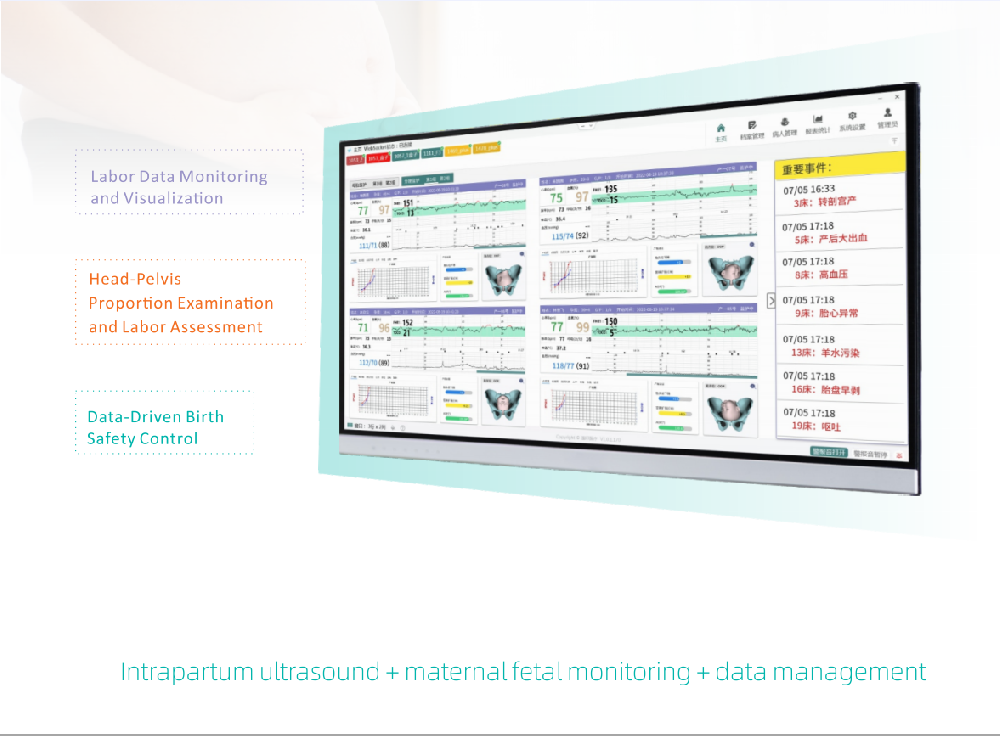



Intrapartum Ultrasound obEye
2018ISUOG"Intrapartum Ultrasound"Practice Guidelines
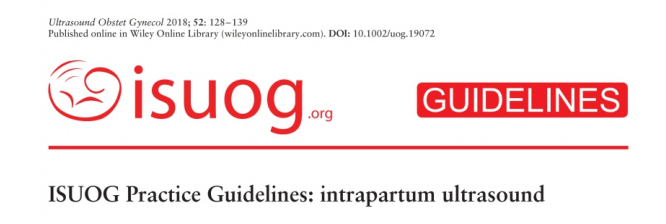
"Reducing the incidence of vaginal delivery complications" is one of the national goals forimproving medicalquality and safety.
The incidence of complications of vaginal delivery has been increasing in recent years, seriously threatening the health of obstetric patients. Reducing its incidence is of greatsignificance to improving the quality of medical care and ensuring the safety of obstetrics and newborns.
In 2018, the international Society of Ultrasound in Obstetrics and Gynecology (ISUOG)issued the first set of guidelines for intrapartum ultrasound, which stated: Ultrasonography has higher accuracy and repeatability than clinical examination in diagnosing fetalhead position,fetal presentation, and predicting labor dystocia Bringing ultrasound intothe delivery room can "reduce the incidence ofvaginal delivery complications."
Ultrasound in the delivery room, a valuable tool for obstetric caregivers:
Accurately determine fetal presentation Non-invasively examine cervicaldilation
Assess angle ofprogression (AOP) Measure distance between fetalskulland perineum (HPD)
Observe thickness and continuity oflower uterine segment scar Assess umbilical cord entanglement
Measure amniotic fluid volume andintrauterine cervical blood flow Assist with vaginal delivery
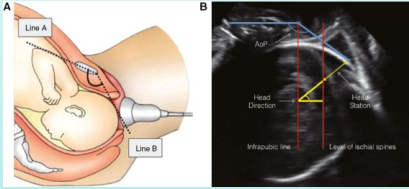
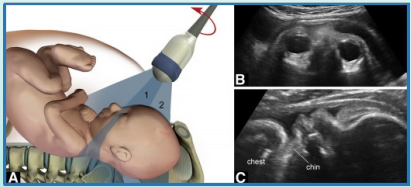
By utilizing innovative technology to address obstetric challenges and minimize traditionalinternal examinations, it caters to the needs of obstetric emergencies.
Labor Data Monitoring and Visualization System
Designed forla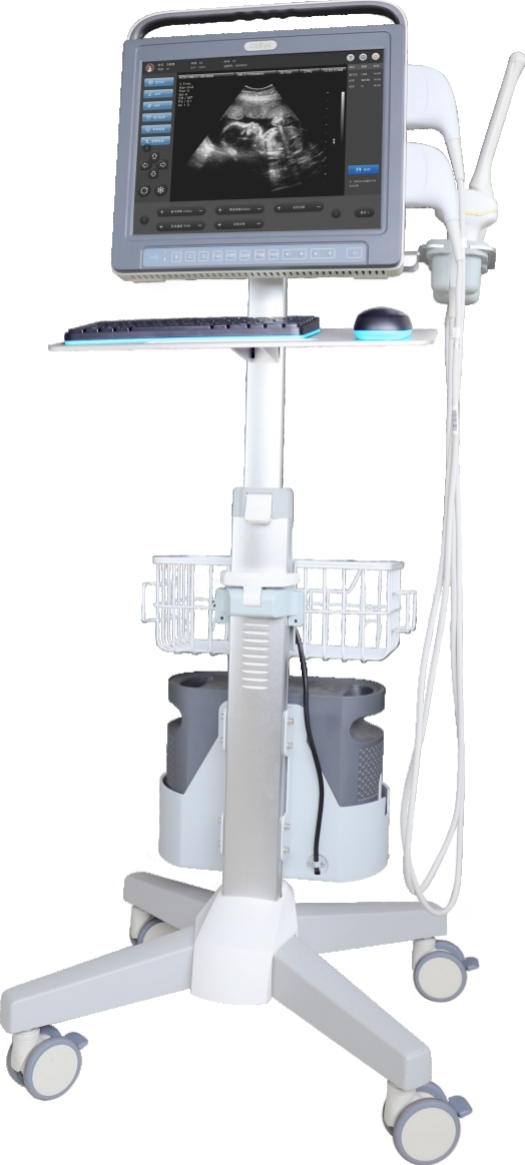 bor management Obstetricians with littleultrasound experience can quickly grasp operational skills
bor management Obstetricians with littleultrasound experience can quickly grasp operational skills
Significantly reduce the number ofinternal examinations,non-invasively determine fetal presentation, fetal lie(automatically calculate the OP angle), cervical measur-ements, amniotic fluid,umbilicalcord, etc. The systemauto-matically generates labor progress charts and prod-uces labor records
Assessment of head-pelvis disproportion :
Trialassessments for head-pelvis disproportion during pr-egnancy: Real-time assessment of headpelvisdisproportion during labor and identification of uneven positions forearly intervention
Comprehensive labor data monitoring and visualization:
First stage of labor : Accurately assess fetal presentation,objectively evaluate fetal engagement to guide positionmanagement. When fetal presentation is abnormal, display intuitive three-dimensionalimages to guide internalrotation
Second stage of labor : ln case of abnormal labor progressrapidly and accurately assess fetal presentation, OSAAOPMLA, fetal head direction angle, etc., to improve the successrate of instrumental delivery and ensure mother and baby safety
Third stage oflabor : ln cases of retained placenta, uterinecavity residue, or excessive bleeding, provide visualguidance for placental separation and visualization foruterine cleaning and packing rate, etc
Ultrasound probe combinations: Standard convex array probe, optional linear array probe,intra-cavity probe
Optional accessories: External UPS power supply, ultrasound probe, keyboard, mouse
In various urgent obstetric scenarios, intrapartum Ultrasound can provide assistance.
OSA:125.10°
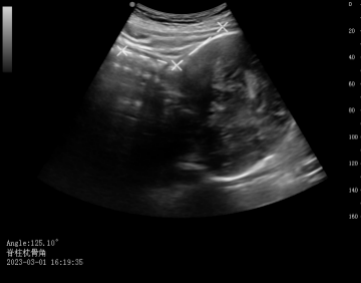
MLA:51.55°
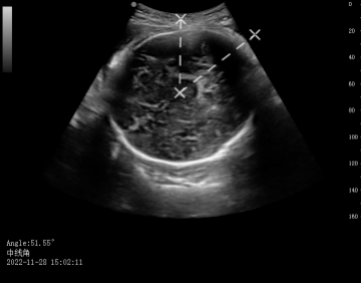
Cervical dilation:5.68CM
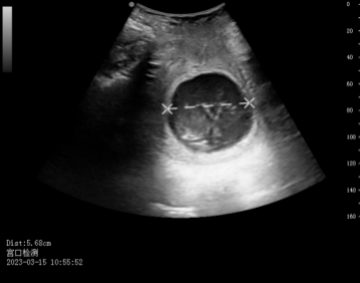
 微信扫码 关注我们
微信扫码 关注我们

24小时咨询热线020-31707135

400电话400-003-0299
Copyright © 2022 All Rights Reserved. 地址:501, Building G1, No. 31 Kefeng Road, Huangpu District, Guangzhou City, Guangdong Province 粤ICP备17048892号